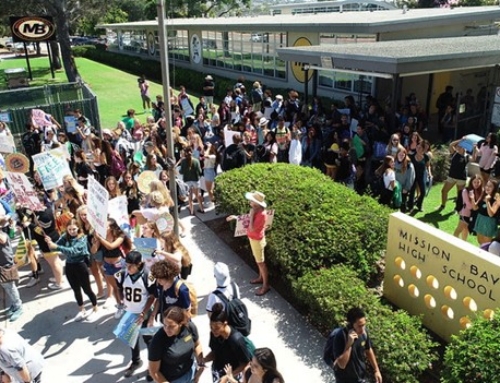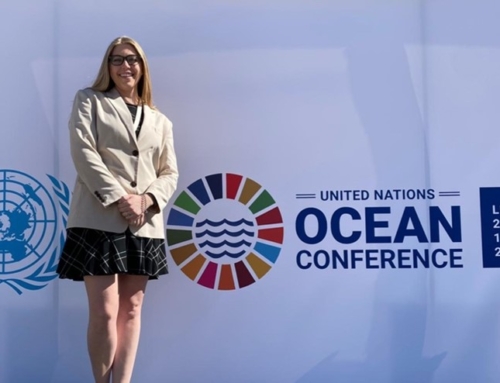Each year since 2006, the National Oceanic and Atmospheric Administration releases an Arctic Report Card which NOAA describes as “… a timely and peer-reviewed source for clear, reliable and concise environmental information on the current state of different components of the Arctic environmental system relative to historical records.”
In 2019, we got a failing grade. Here are the highlights – or the lowlights:
- The Greenland Ice Sheet is losing nearly 267 billion metric tons of ice per year and currently contributing to global average sea-level rise at a rate of about 0.7 mm yr–.
- North American Arctic snow cover in May 2019 was the fifth lowest in 53 years of recordkeeping. June snow cover was the third lowest.
- Thawing permafrost throughout the Arctic could be releasing an estimated 300-600 million tons of net carbon per year to the atmosphere.
- Arctic sea ice extent at the end of summer 2019 was tied with 2007 and 2016 as the second lowest since satellite observations began in 1979. The thickness of the sea ice has also decreased, resulting in an ice cover that is more vulnerable to warming air and ocean temperatures.
Unlike Las Vegas, what happens in the Arctic doesn’t stay in the Arctic. For example, the thawing permafrost and the loss of sea ice could dramatically increase the rate and severity of climate change.
Arctic Feedbacks
Sea ice reflects a substantial amount of the incident solar energy, and as the surface area of the ice sheet diminishes, more heat gets trapped. In 2019, the surface area for sea ice tied for the second lowest in history. Worse, after several years of recovering, ice volume plummeted in 2019. The thickness of the sea ice is also critical – the thinner the ice sheet, the more abrupt the loss of surface area can be.
The Arctic ice mass is a major factor in both long-term climate conditions and short-term weather events. Less ice cover means warming accelerates, and it means extreme weather events, including intense storms, flooding, droughts, and Arctic blasts, become more common.
Release of methane from melting permafrost has the potential to set off a major positive feedback that could add as much as 2 degrees C to current forecasts for 2100, according to some scientists.
The bottom line is that the latest Arctic Report Card is giving us a failing grade, and the semester is almost over.
In this season, Dickens’ Christmas Carol comes to mind. After the Ghost of Christmases yet to come shows Scrooge his own grave, Scrooge asks, “Are these the shadows of things that will be, or are these the shadows of the things that may be only?”
For another few years, these dire climate predictions are the shadows of things that may be, only. But the future world we’re fashioning right now is unsustainable and absent aggressive action, it will be irrevocable.



